Ten Tremendously Tiny Freshwater Fishes
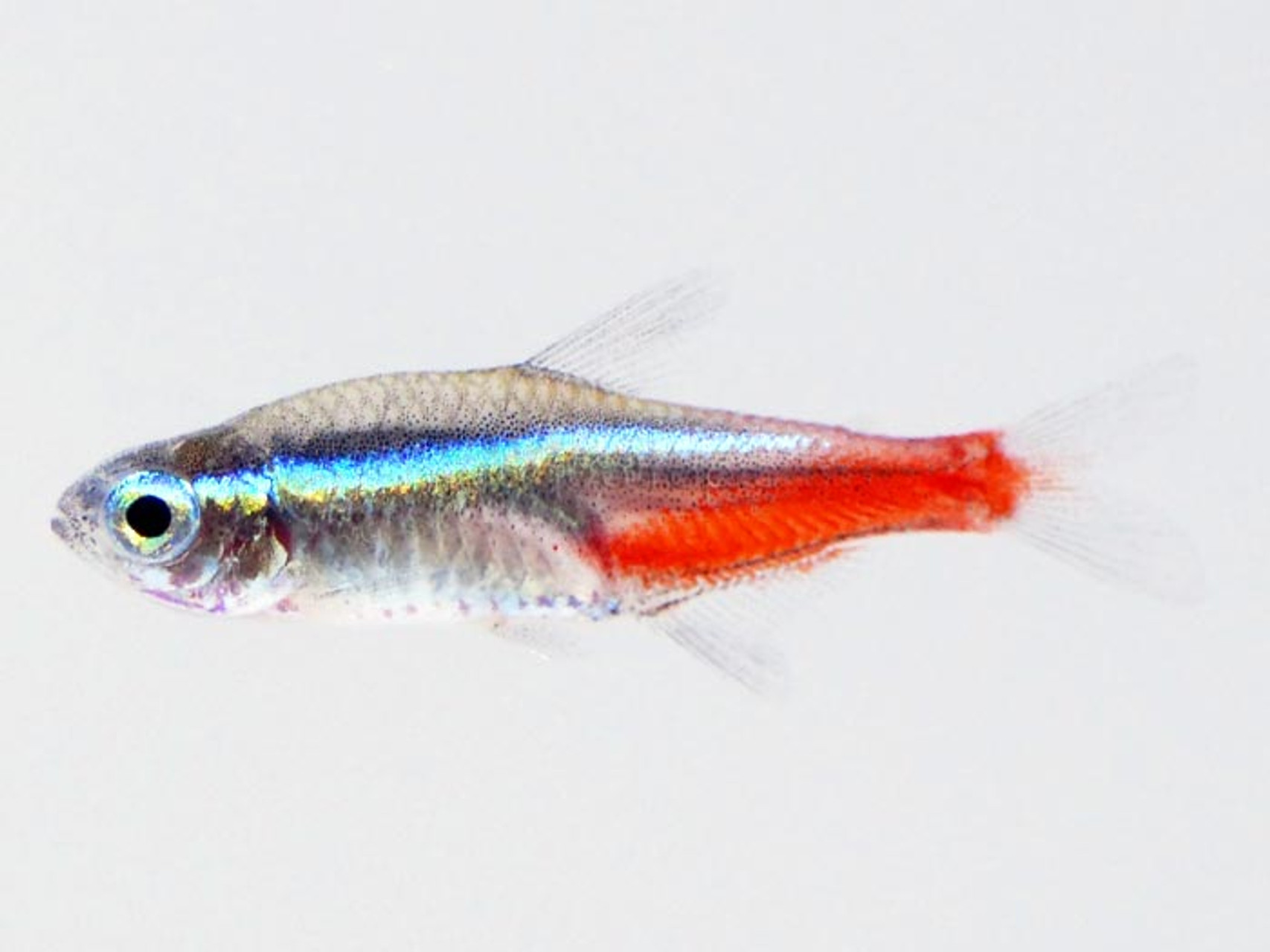
As much as we love large fish in big tanks, truth is, most aquarists have small aquariums that are suitable only for smaller species. So, with that in mind, here are ten species perfect for the average (small) community tank.
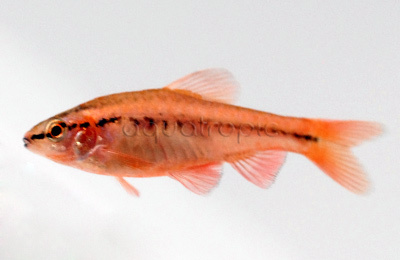
Cherry Barb (Puntius titteya)
Sri Lanka’s greatest gift to aquarists has to be the Cherry Barb. This pint-sized fish occurs in just a couple river systems on the island’s southwestern corner, where it swims in schools along the sandy, leaf-strewn bottom. Males are the fairer sex in this barb, developing a stunning red color which has few equals among freshwater fishes. And, thanks to the ease with which this species can be bred, a variety of ornamental strains now exist, including albinos and longfins. Fully grown at under two inches, this peaceful Puntius is highly recommendable.
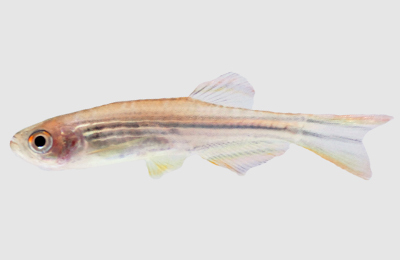
Orange Hatchet Danio (Danio kyathit)
This little-known species has only become widely available in the past few years; however, it was originally discovered in the 1950’s by an Indian aquarist named Sam Dadiburjor, who collected and bred this fish in captivity. It occurs across Southern India in the dense vegetation of small, sluggish streams and pools, where it feeds on small invertebrates. With a maximum size of only one inch, this is a perfect choice for smaller tanks, and, when kept in small groups, will regularly spawn. Eggs are scattered in vegetation, and the young are easily raised if provided with appropriate foods. Note that you’ll often see this species traded under its older scien
tific name, Chela.

Neon Tetra (Paracheirodon innesi)
From the waters of the Amazon, the blue and red Neon Tetra is arguably the most iconic small freshwater fish. Paracheirodon innesi has a particularly long and illustrious history with aquarists. Lonely Lindy, the first specimen ever kept in an aquarium, arrived in the US via Germany aboard the Hindenburg, on July 13, 1936. It made its way to Chicago’s Shedd Aquarium, where it was met with by long lines of curious spectators. Now, eighty years later, it has rightfully become one of the most ubiquitous and popular species available. A school of 6-10 specimens is a surefire way to brighten up any aquarium, but be sure to mix this retiring tetra only with equally peaceful fish friends.
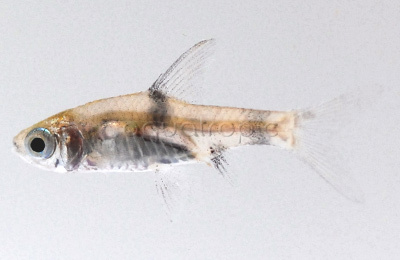
Gold Clown Barb (Puntius gelius )
With its attractive mix of a yellowish body and contrasting black spots, the Gold Clown Barb is a veritable bumblebee of the aquarium world (no offense to the Bumblebee Goby, of course). It hails from across a large portion of the Indian subcontinent, occurring in small, muddy tributaries of the region’s many waterways, where schools can be found peacefully swimming about. It’s care is essentially identical to most of the schooling species on this list, and it would no doubt look quite nice alongside the reds of a Cherry Barb or the blues of our next fish…
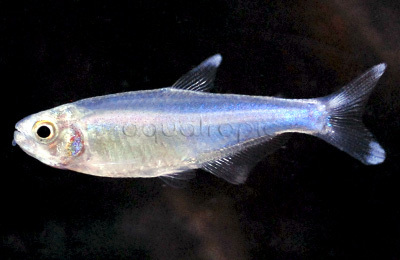
Blue Tetra (Boehlkea fredcochui)
Boehlkea is a little-known genus with just two species that, up until recently, were seldom seen in the aquarium trade. But the aptly named Blue Tetra, which originates from the Rio Maranon in Peru, has begun to gain a following among the fish-keeping cognoscenti on account of its vibrant and rather unusual coloration. Blue fish are not as common as one might think, and smaller schooling examples are fewer still. Growing to just two inches, B. fredcochui has quite a bit going for it. However, this highly active fish is not ideal for overly timid species, so care must be taken when adding it into smaller aquariums. A school of Blue Tetras is more suitable for a mid-sized tank.

Oto (Otocinclus sp.)
Oh Otocinclus, how do I love thee? Let me count the ways. I love your small size and your endearingly fat belly when the algae is to your liking. I love how you rest calmly atop leaves, as if they were tiny aquatic hammocks grown especially for your comfort. I love watching you industriously nibble your way through green algal films; your efforts are appreciated and have not gone unnoticed. You are perfect in every way, my tiny cow-like friend.

Rosy Loach (Petruichthys sp.) and Celestial Danio (Celestichythys margaritatus)
These two fishes warrant a shared discussion, as both come to us from the same corner of the globe, specifically, the Salween River of Myanmar. When the Celestial Danio made its first appearance in aquariums only a decade ago, it was met with disbelief, with some claiming that the first images had been photoshopped. But, no, the red fins and golden spots of this fish are very much real. The tiny amber-hued Rosy Loach is no slouch either, and it too has quickly established a place in the hearts of aquarists. Both species should be kept in groups, and, it should go without saying, these two would look fantastic together in a Myanmar-themed display.
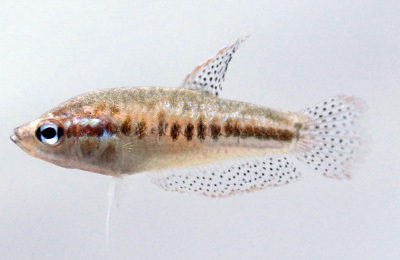
Sparkling Gourami (Trichopsis pumila)
Gouramis are often quite large in comparison to the fishes we’ve discussed thus far, but the family is home to one group relevant to this conversation, the Sparkling Gourami. Fully grown, Trichopsis pumila is barely over an inch in length, but there is still a remarkable amount of color and beauty crammed into this miniscule gourami package. Pearlescent scales run along the body, and the fins are brightened with crimson accents. Males tend to be the more colorful sex, developing slightly longer tips to the finnage. As with its larger relatives, this fish spawns with the use of a bubblenest on the water’s surface, and, with a little effort, it is possible to raise a new generation of diminutive gouramis in captivity.
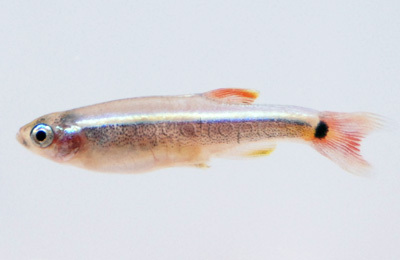
White Cloud Minnow (Tanichthys albonubes)
This unassuming little minnow is something of an enigma, and recent studies have suggested that it belongs to its own family. Unlike the other species on our list, Tanichthys albonubes is not truly tropical, and it will do quite well for itself in room temperature waters. It is currently recorded from only a handful of locations in Southern China and is generally considered to be somewhat uncommon in the wild, but, thankfully, this colorful little species has proven to be especially well-suited to aquarium life and is now bred in vast quantities. There are even albino, golden and long-finned strains to whet the appetite. Keeping a shoal within a densely planted aquarium will invariably result in regular spawning, and, with a little luck, it’s not uncommon to find juveniles successfully developing without any effort on the part of the aquarist.